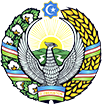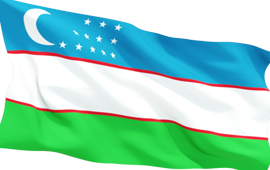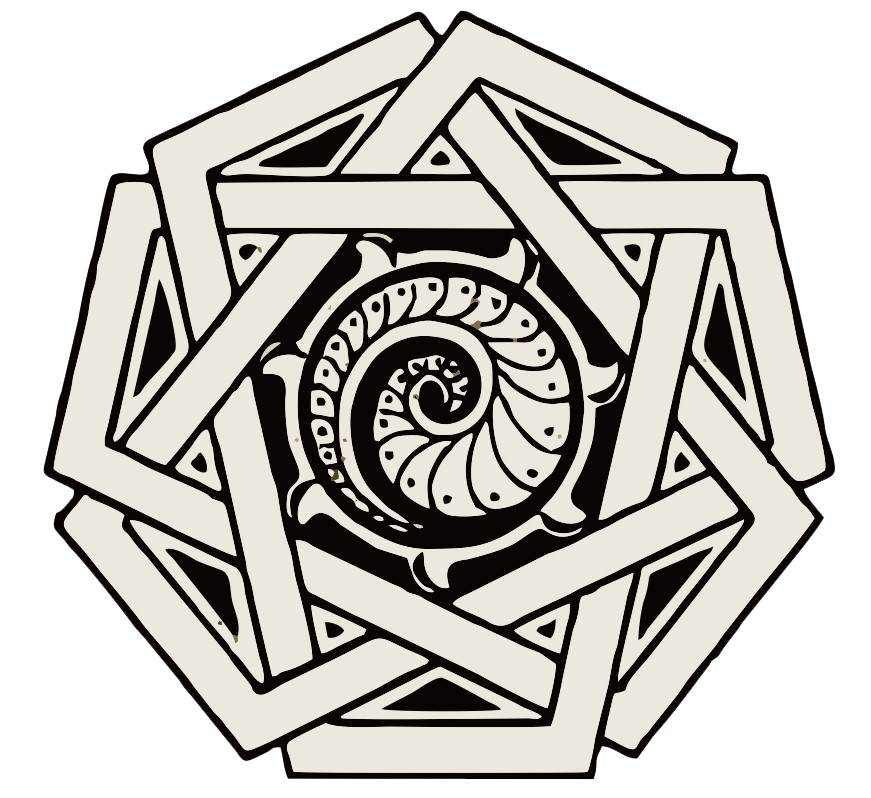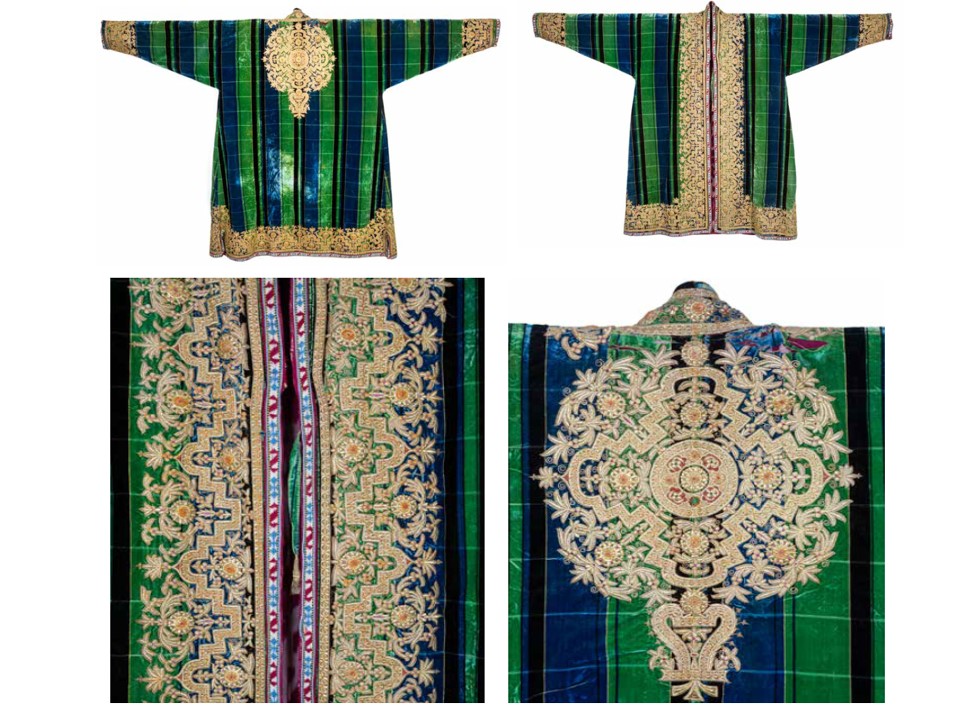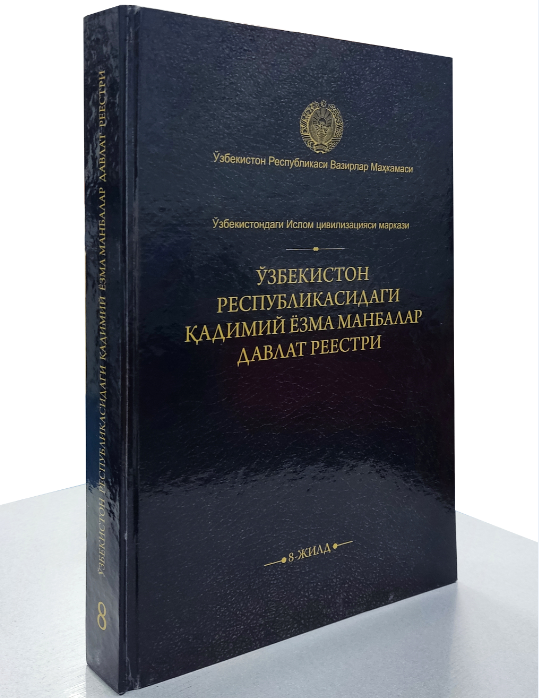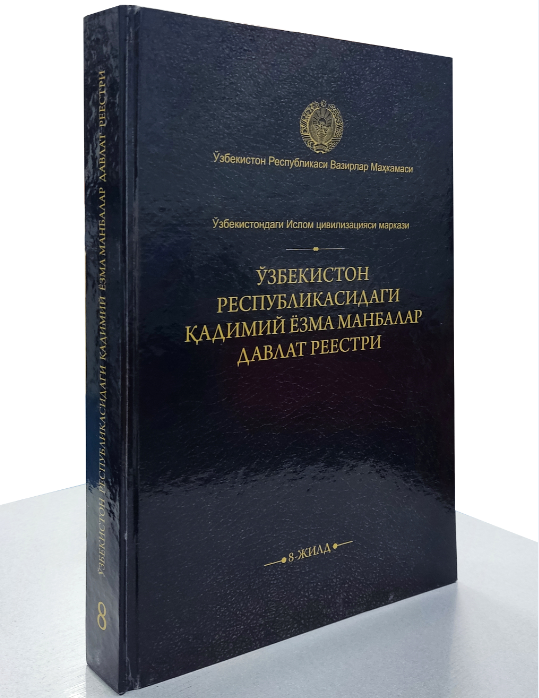Bukhara’s traditional men’s clothing culture had developed based on centuries-old customs and traditions. The culture of men’s clothing required the wearing of multi-layered clothing, with the bulk of the clothing consisting of underwear shirts and pants, tops, hats, and shoes. Outerwear was worn on top of each other, widening the skirt in terms of shape, and this style, sewing technology, and shape-wearing garments were appropriate for all age groups. Since the Islamic era, the turban had become one of the main hats in the men’s clothing culture of Bukhara. The turban, which was a product of the talent and craftsmanship of craftsmen, differs from other regions in that it is worn by men from Bukhara, leaving their foreheads and ears open. The underwear jacket was mostly sewn from white fabric woven by local artisans, the wide-sleeved jacket had long tops, and the collarbone was sewn in a circle shape. The collar of the shirt was embroidered with a cross-stitched core or embroidered ribbon made of dark brown fabric for processing and decoration.Underwear, which was designed to be worn on cold days, was made of cotton with a thickened guppie skirt. The outer garments, which were the main garment of the Bukhara men’s national dress, were lined, unlined, thickened, and almost identical in shape, depending on the temperature of the climate. The tops were elegant, luxurious, attractive, embroidered, brightly colored, richly embroidered with gold patterns.
Malika Koziyeva, history of the Uzbek national dress of the Khanate era
